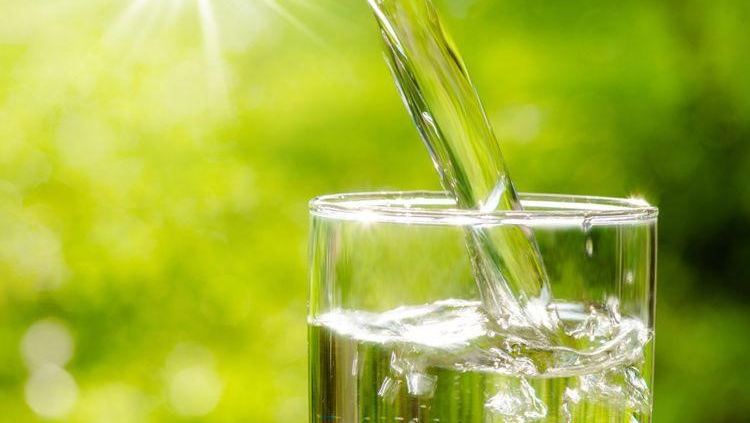Understanding India’s Drinking Water Challenges
India has witnessed unprecedented economic growth but at what environmental price? Contamination threatens natural water sources and without regulatory enforcement, consumers have to treat water using point-of-use devices. The following article is an overview of drinking water issues in the country and solution for it in the form of UV, UF and RO treatment technology.

India holds 17.5% of the world’s population yet it only contains 4% of the world’s fresh water resources, which are declining in terms of both supply and quality. Although drinking water was once considered safe in India, today providing the nearly 1.2 billion inhabitants with access to safe drinking water is an increasingly difficult challenge. Groundwater sources are being rapidly depleted, surface water sources are largely contaminated and the infrastructure needed to deliver drinking water both in urban and rural areas is either non-existent or needs substantial upgrades to meet demand.
Over the last quarter century, the excessive extraction of groundwater needed to meet the demands of the country’s growing agriculture and industrial sectors has decreased the per capita availability of fresh drinking water. Not only has the salinity of groundwater in coastal areas increased due to seawater intrusion from the continuous withdrawal of groundwater, but both ground and surface water sources now face greater contamination from industrial effluents, sewage, agriculture and urban run-off.
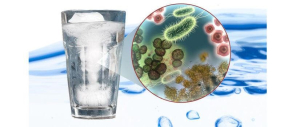
From an acute public health perspective, the quality of drinking water in India is also a major concern. It is estimated that the annual impact of water borne disease in this country affects 37.7 million persons annually including the loss of 73 million working days and the death of 1.5 million children from diarrhoea alone.
Based on the deteriorating condition of the country’s water supply, proper usage of water resources has become the utmost priority in India and many efforts to conserve and protect the water supply are being made at national and state levels.
Sources, Supply and Distribution of Water in India
Both ground and surface water are sources of drinking water for the rural and urban Indian populations. However, the quality, supply and distribution of both sources present problems for human consumption.
In India, approximately 85% of the rural population, comprised of more than 700 million people, is dependent on groundwater. However, groundwater is currently being depleted at a fast rate and many sources contain excessive concentrations of fluoride, arsenic and nitrate.
It is estimated that approximately 66 million Indians use water sources containing excess fluoride and another 10 million have excess arsenic in their groundwater. Additionally, septic effluent percolation to the water table is another source of groundwater contamination that presents an added public health risk.
On the other hand, an estimated 60% of the urban population is dependent on surface water. Similar to groundwater, the availability and quality of source water presents major concerns. While the majority of municipalities treat drinking water using conventional treatment technologies prior to distribution, there are often significant issues within the distribution system itself including cross-connections, leakage and loss of pressure that may cause a vacuum in the system leading to untreated surface water intrusion.
Untreated surface water intrusion of the distribution system may introduce contaminants such as lead, arsenic, cadmium, mercury, high hardness, fluoride, nitrate, iron, insecticides and surfactants into the potable drinking water supply.
Even worse, issues within the distribution systems can lead to wastewater being mixed with treated drinking water, which introduces a host of microorganisms including bacteria, virus and protozoans. The introduction of pathogenic organisms such as bacteria (E. Coli, Shigella, V. Cholerae), viruses (Hepatitis A, Polio, Rotavirus) and parasites (E. Histolytica, Giardia) can lead to many diseases including, but not limited to, diarrhoea, typhoid fever, dysentery, cholera, para-typhoid, viral hepatitis, polio, amoebiasis, and giardiasis.
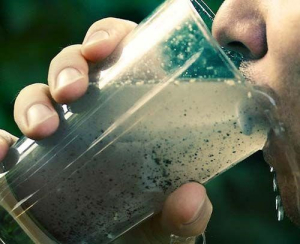
To address these issues, public water suppliers routinely use chlorine to treat for microbiological contaminants. However, depending on the organic content of the water, treatment with chlorine and other halogenated disinfectants can lead to the formation of chlorination by-products, many of which are reportedly known carcinogens.
The Indian government is working to address problems inherent in the sources, supply and distribution of drinking water. However, unlike other countries, there is not currently a set of enforceable drinking water regulations.
Drinking water regulations in India
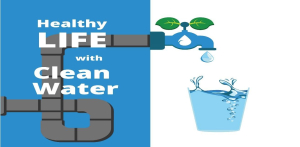 A provision of clean drinking water was given priority in the constitution of India, conferring the duty of providing clean drinking water and improving public health standards to the state governments. More recently, water quality monitoring has been accorded a high priority and institutional mechanisms have been developed at both a national and state level.
A provision of clean drinking water was given priority in the constitution of India, conferring the duty of providing clean drinking water and improving public health standards to the state governments. More recently, water quality monitoring has been accorded a high priority and institutional mechanisms have been developed at both a national and state level.
The Ministry of Drinking Water and Sanitation (MDWS) and the Government of India are proposing to implement a uniform drinking water quality monitoring protocol to ensure the systematic examination of all drinking water sources. If enforced, this protocol will lead to the regular monitoring of all water sources to assess the quality of the water and identify chemical and microbiological contaminants.
The Ministries of Water Resources, Urban Development and Poverty Prevention, Rural Development, Environment & Forests, and Health & Family Welfare also play a major role in providing drinking water of adequate quantity and potable quality to meet the health needs of the community. Rural water supply agencies are currently working to identify suitable technologies to address chemical contamination with a particular focus on the most common pollutants in India: arsenic, fluoride, iron, nitrate, and salinity. And, although microbiological contamination is still a serious health concern in India, source protection and improving microbiological quality through various treatment methods are already well established through regulations on waste disposal.
However, given the number of concerns with the contamination of ground, fresh and treated water, a first critical step to protect public health is to continuously monitor for chemical and microbial contaminants.
Drinking water treatment technologies
Due to the drinking water contamination issues discussed previously, many Indian consumers are using point-of-use (POU) water purifiers to treat their water. There are currently many POU treatment devices available using various technologies including:
- Ultraviolet technology (UV)
- Ultra-filtration (UF)
- Nano filtration (NF)
- Reverse Osmosis (RO)
- Alkaline
- Cooper technology
- Iodine as disinfectant
- Chlorine as disinfectant
- Bromine as disinfectant
- Ion exchange for softening
- Boiling
- Nano silver as disinfectant.
With the vast array of pollutants that can potentially contaminate drinking water, a single technology may not be sufficient for potability. Multi-technology devices are widely used in India. In general, POU units will contain both sediment and activated carbon filters combined with a disinfection technology such as UV, UF, or RO. Furthermore, in some cases a combination of disinfection technologies are used such as RO and UV.
Given the health implications of many of these contaminants, it is important for consumers to know that the product they purchase in fact performs to the manufacturers claims.
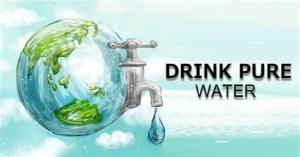 Trusting Ultrafil is an essential step in this process as it provides a standardised benchmark for the evaluation of the safety and performance of drinking water products. The use of certified products, from drinking water treatment chemicals to system components to POU treatment devices, increases the reliability and overall performance of the system and ultimately enhances peace of mind with the consumer.
Trusting Ultrafil is an essential step in this process as it provides a standardised benchmark for the evaluation of the safety and performance of drinking water products. The use of certified products, from drinking water treatment chemicals to system components to POU treatment devices, increases the reliability and overall performance of the system and ultimately enhances peace of mind with the consumer.

